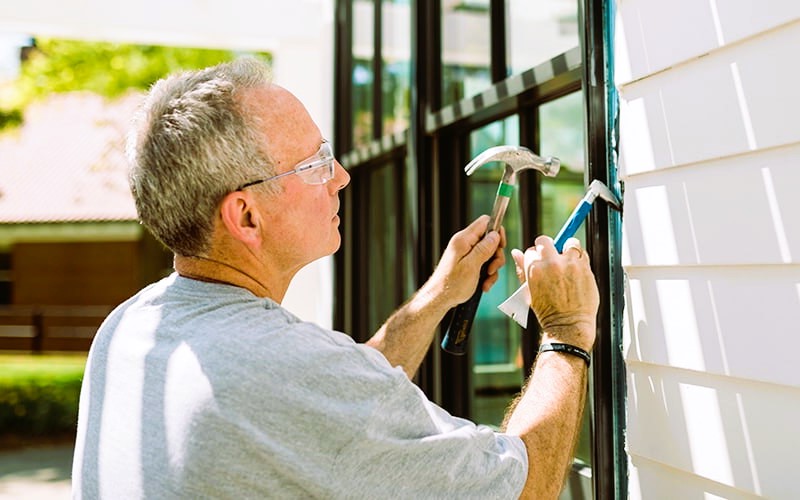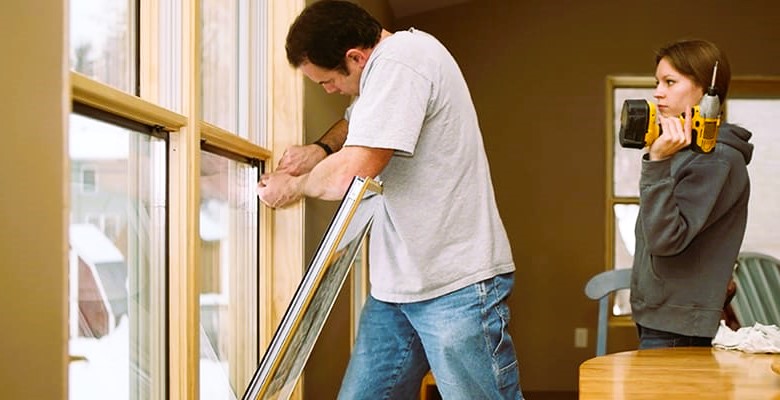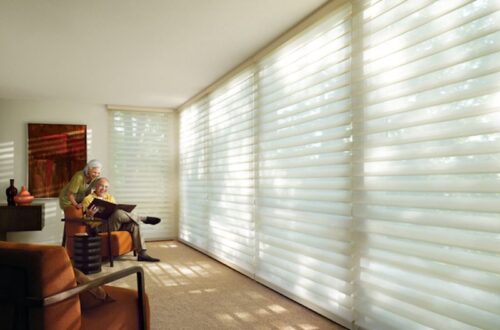Windows play a pivotal role in a home’s aesthetics, energy efficiency, and overall comfort. Whether you’re looking to replace old windows, enhance energy efficiency, or update your home’s appearance, the question of DIY (Do It Yourself) versus professional window installation is a crucial decision. This article explores the pros and cons of both approaches, providing insights to help homeowners make informed choices.
The DIY Advantage
Pros:
- Cost Savings: One of the primary motivations for choosing a DIY window installation is cost savings. By eliminating labor costs, homeowners can significantly reduce the overall expense of the project.
- Sense of Accomplishment: Successfully completing a DIY window installation can provide a profound sense of accomplishment. Homeowners take pride in contributing to their home’s improvement and learning new skills along the way.
- Flexible Schedule: DIY projects allow homeowners to work at their own pace and schedule. This flexibility can be particularly advantageous for those with busy lifestyles or unpredictable schedules.
- Customization: DIY installations give homeowners the freedom to personalize the project according to their preferences. This includes choosing specific window styles, materials, and finishes to match the overall aesthetic of the home.
- Learning Experience: Undertaking a DIY window installation serves as an educational experience. Homeowners gain insights into the construction of their homes, understand the intricacies of window installations, and acquire valuable skills.
The DIY Drawbacks

Cons:
- Skill Requirements: Window installation requires a certain level of skill and expertise. Without proper knowledge, homeowners may face challenges in ensuring a secure and weather-tight installation.
- Time-Consuming: DIY projects, especially those involving multiple windows or complex installations, can be time-consuming. Delays may occur, potentially leaving parts of the home exposed to the elements.
- Voided Warranties: Some window manufacturers and suppliers provide warranties that are contingent on professional installation. A DIY installation may void these warranties, limiting the homeowner’s recourse in case of defects.
- Safety Concerns: Working with windows often involves handling heavy glass, tools, and working at heights. Without proper safety precautions, DIY installations can pose risks of injury or property damage.
- Quality Assurance: Achieving a professional-level finish in terms of energy efficiency, aesthetics, and functionality may be challenging for DIYers. Professional installers bring experience and precision to ensure high-quality outcomes. Discounts for Canadians investing in energy efficient heating systems, see the link for more details.
The Professional Installation Advantage
Pros:
- Expertise and Experience: Professional window installers possess the skills and experience necessary for precise installations. Their expertise ensures that windows are installed securely, maximizing energy efficiency and longevity.
- Time Efficiency: Professionals can complete window installations more quickly and efficiently than most homeowners. This is especially crucial for projects with tight deadlines or when minimizing disruption is a priority.
- Warranties and Guarantees: Many professional window installers offer warranties and guarantees on their workmanship. This provides homeowners with assurance and recourse in case of any installation-related issues.
- Access to Professional Tools: Professional installers have access to specialized tools and equipment, enhancing the accuracy and efficiency of the installation process.
- Compliance with Building Codes: Professionals are well-versed in local building codes and regulations. Ensuring compliance with these standards is essential for the safety and legality of the installation.
The Professional Installation Drawbacks
Cons:
- Higher Costs: Perhaps the most significant drawback of professional installation is the higher upfront cost. Labor charges can substantially increase the overall expense of window replacement projects.
- Less Personalization: Homeowners may have limited control over the installation process when relying on professionals. Customization options may be restricted compared to a DIY approach.
- Dependency on Schedules: Coordinating with professional installers may require adherence to their schedules, which can be less flexible than a DIY timeline.
- Reliance on External Parties: Homeowners relying on professional installers are dependent on the expertise and professionalism of external parties. Choosing a reputable and reliable installation service is crucial.
Making the Decision: Factors to Consider

1. Skill Level:
Assess your own skill level and comfort with DIY projects. If you lack experience or confidence in window installations, professional help may be advisable.
2. Project Complexity:
Consider the complexity of the window installation project. Simple, single-window replacements may be more suitable for DIY, while larger or more intricate projects may benefit from professional expertise.
3. Budget:
Evaluate your budget and weigh the cost savings of DIY against the potential long-term benefits and quality assurance provided by professional installation.
4. Time Constraints:
Assess your availability and time constraints. DIY projects may take longer to complete, which could be a deciding factor if time is of the essence.
5. Warranty Considerations:
Check the warranties offered by window manufacturers and suppliers. Some warranties may stipulate professional installation for validity.
Conclusion
The decision between DIY and professional window installation ultimately depends on individual preferences, skills, and project requirements. While DIY projects can offer cost savings and a sense of accomplishment, professional installations provide expertise, efficiency, and quality assurance. Homeowners must carefully weigh the pros and cons, considering factors such as project complexity, budget, and time constraints.
For more detailed information on window installation standards and best practices, homeowners can refer to reputable sources such as Wikipedia. These resources provide valuable insights into the technical aspects of window installations, helping homeowners make informed decisions that align with industry standards. Ultimately, whether choosing the DIY route or seeking professional help, ensuring a secure, energy-efficient, and aesthetically pleasing window installation should be the primary goal.




